Digital Artist Michael Pierre Price Explores the Relationships Between Physics, Math and Spirituality with Playform AI
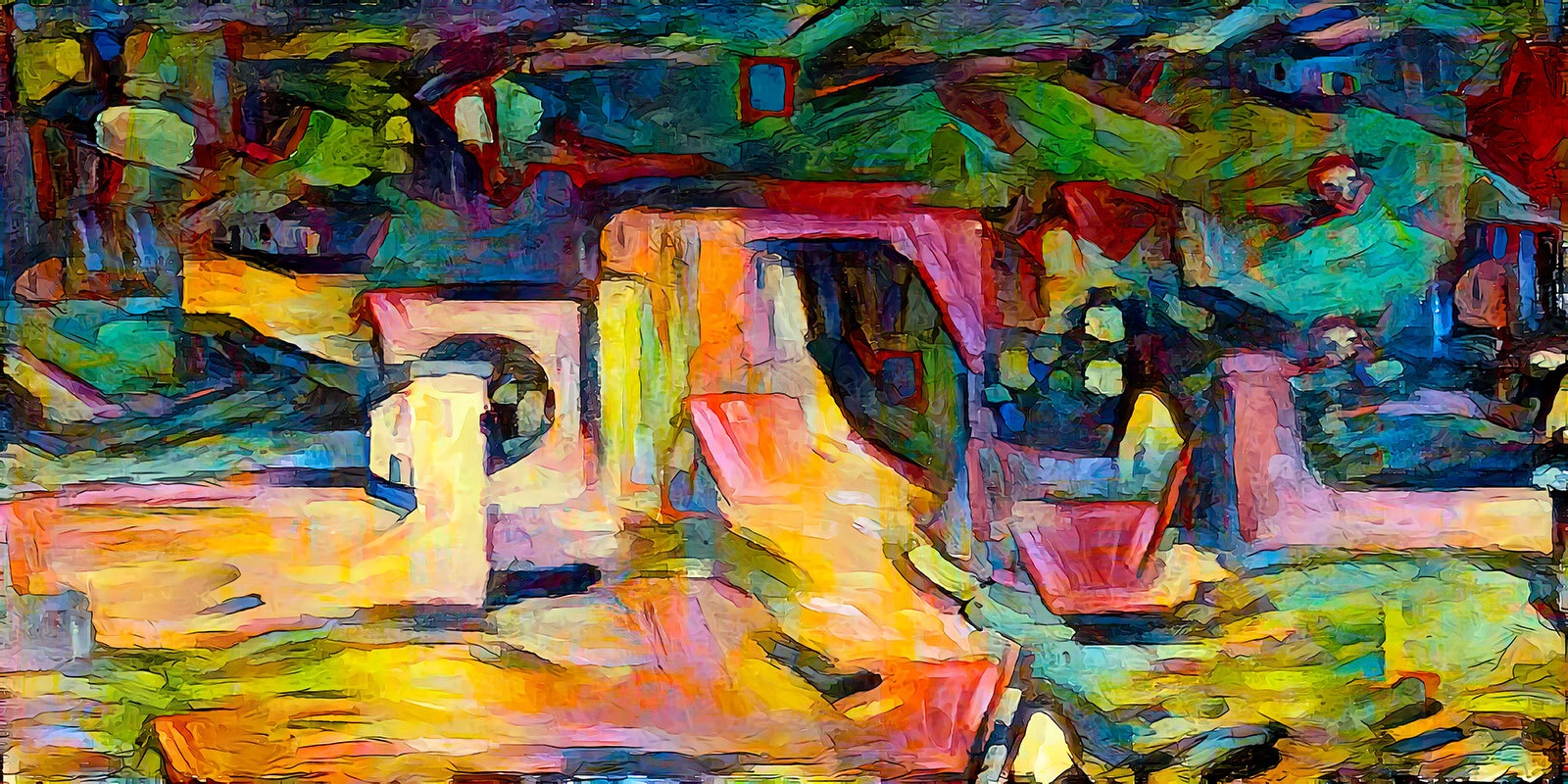
Earth Measure Redux
Digital Artist Michael Pierre Price implements Playform AI in his digital art practice. As detailed on the Price’s artist biography, “The digital world has an underlying mathematical nature to its very existence: the results of 1’s and 0’s. Modern computing has given rise to advances in complex calculations, making possible the development of new areas in math and visualization. My experimentation with cutting-edge algorithmic techniques, such as deep learning, has allowed me to challenge myself and push my art into new territory.
Mathematics is often called the language of the universe because it is the underpinning of modern science. For me, it is the language of creation and beauty. Math is an essential element in much of my work, both as process and content.”
Playform’s Studio Director Mirabelle Alan asked the artist questions on his art practice and his integration of AI in his body of work.
Mirabelle: Your artwork is a “fusion of mathematics, physics, psychology, spirituality and modern art,” has the integration of Playform expanded this fusion in your art practice?
Michael Pierre: My initial interest in Playform was precisely because I see the implementation of AI with art as a natural “playground” to experiment with those areas that I focus on in my work. However, I have only been experimenting with Playform since the beginning of the year (2021). I still consider myself in a “learning phase” of what I sense Playform can do right now and what I believe it could be capable of in helping me further develop my unique style of art. So, yes, I am excited to figure out how best to integrate Playform into my virtual studio of artist tools. As a new member of the Artist Studio, I am even more excited for the chance to contribute to Playform’s evolution into an even greater tool for me and my art practice.
M: You have an educational background in physics and mathematics, and they play integral roles in your work. Can you tell me more on how physics and math inspires your bodies of work, and in using Playform?
MP: I am a theoretician by nature. I want to understand the fundamental framework of how the universe works. That drive for “the truth of things” is at the core of my being. With regards to the physical world, physics is that foundation. And mathematics is the essential language that provides the level of precision and understanding that makes the concepts and ideas in physics definable, testable, and refinable. In my artwork, I try to take the “physicist” in me and incorporate it both into how I work (for example, incorporating fractal math, using geometric principles, working with AI) and what I create (for instance, presenting the abstract ideas in modern physics and the emerging ideas in neuroscience). I want my artwork to be a stepping stone for people to glimpse the universe in some new way, even if it’s just for a moment.
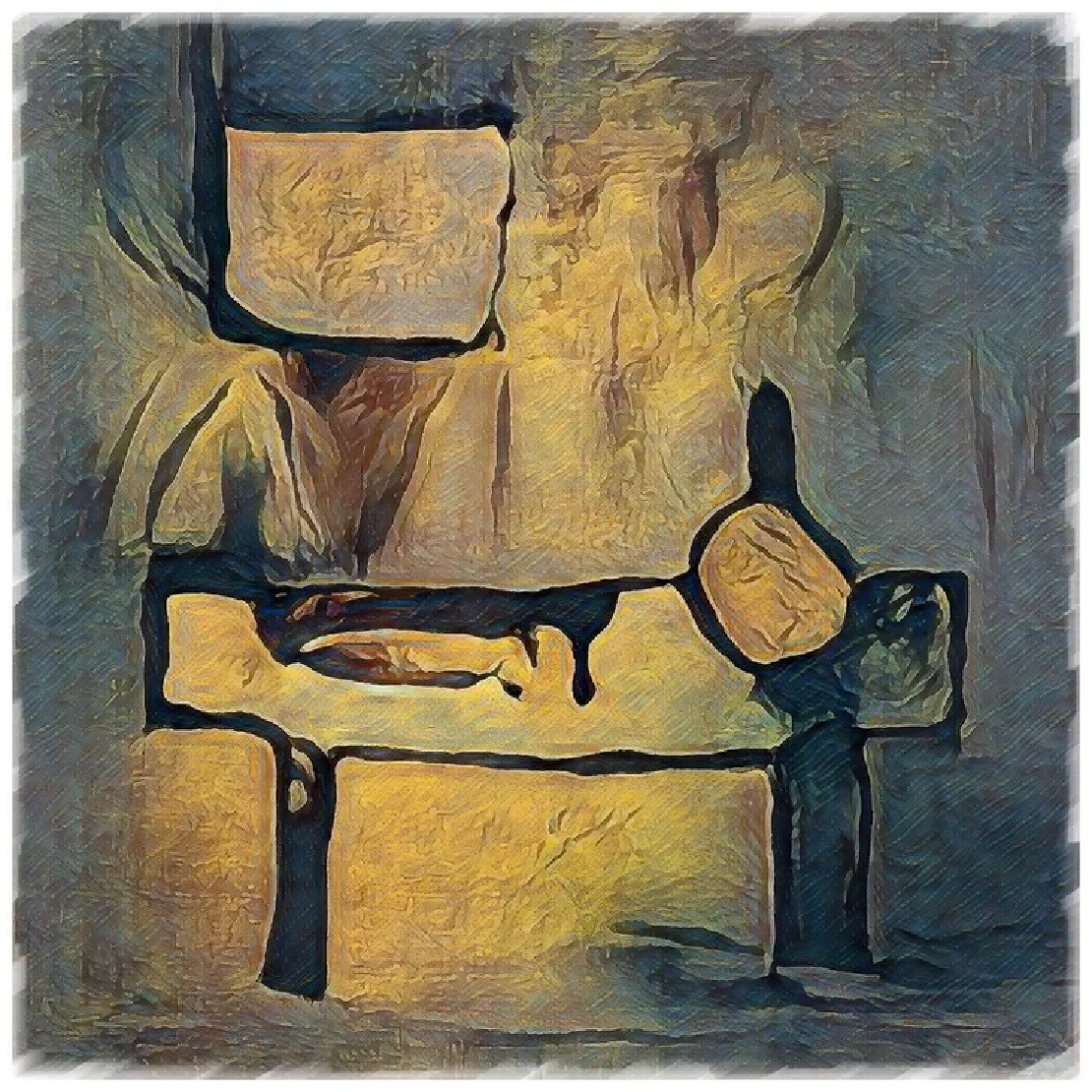
Vase Sur Table Avec Peinture
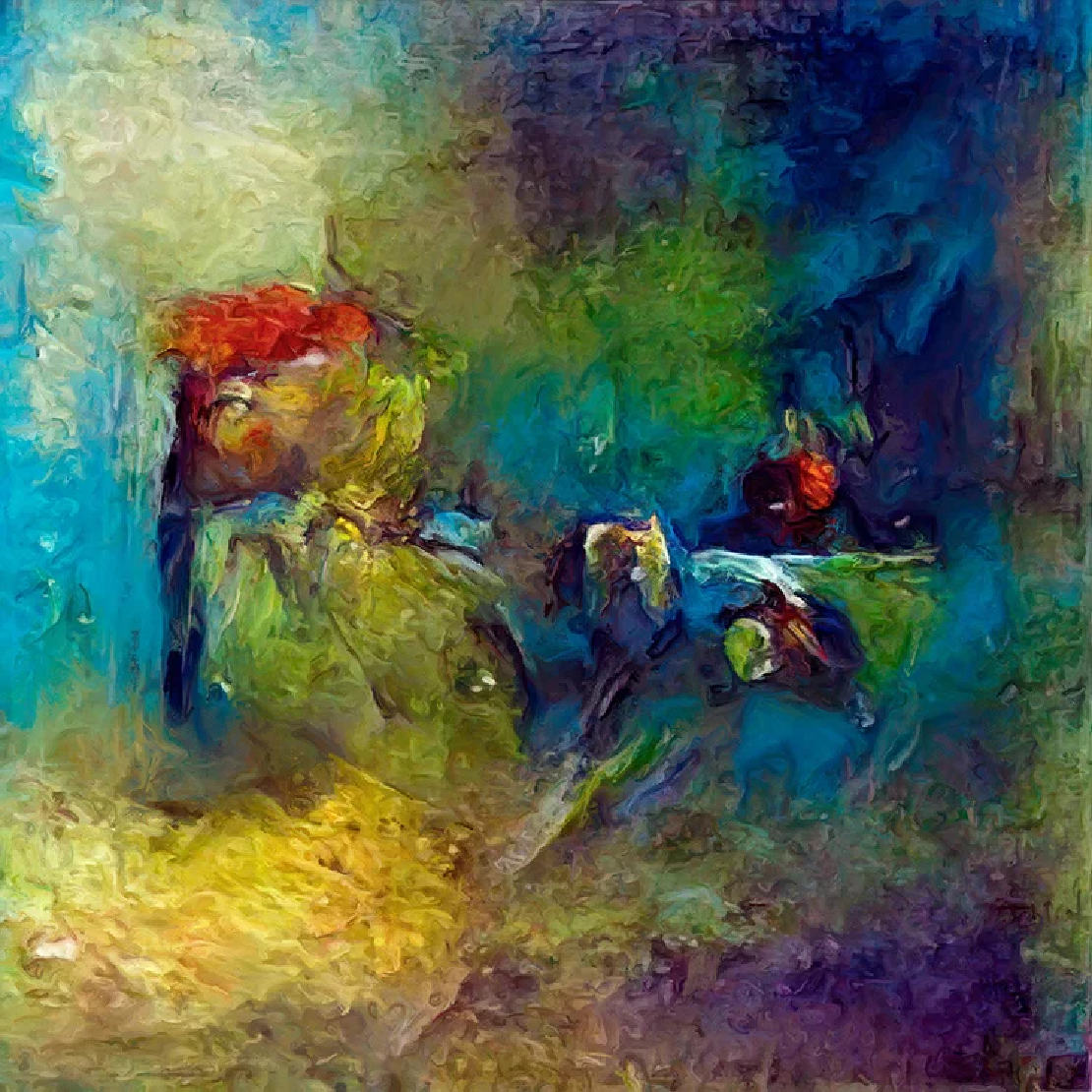
Monsieur Snake Pulls An Apple From His Coat Pocket
“Vase Sur Table Avec Peinture and Monsieur Snake Pulls An Apple From His Coat Pocket are both examples of using the Sketch aspect of Playform. In both instances I worked and developed the images further outside of Playform to finish the pieces as I envisioned them.”
M: Your artist bio states, “I paint with pixels, using math to create my art. This work, both in scope and technique, forms the basis of how I explore the nexus of science, art, spirituality, and culture.” Can you tell me more about the relationship between digital art, science and spirituality for you and your practice?
MP: For me, physics and spirituality are two sides of the same coin. They are yin and yang endeavors within me that my artwork seeks to illuminate through both my abstract and surrealist works. This idea can be best summed up in my belief that “the universe is sacred, simply because it exists.” I am able to say this with a great deal of personal conviction because of my grounding in physics and my time spent with indigenous elders. Physics has given me a set of tools to explore the deep physical truths of the universe, while the indigenous elders I learned from gave me tools to explore the deep metaphysical truths of the universe. It is because of my quest to unite these truths that my artwork can be a nexus for both physics and spirituality to interact with authenticity.
M: Has using Playform expanded or shifted your art practice?
MP: I would use the present tense, and say that Playform is expanding and shifting my art practice. I am in the process of discovering, through experimentation, where Playform may take things moving forward. Playform is providing me a new platform in which to map out how some of my unexplored concepts could be developed artistically. This is exciting and appeals to the theoretician in me. However, once again, I am excited about the possibility to help shape Playform into an even more robust toolset for artists like me.
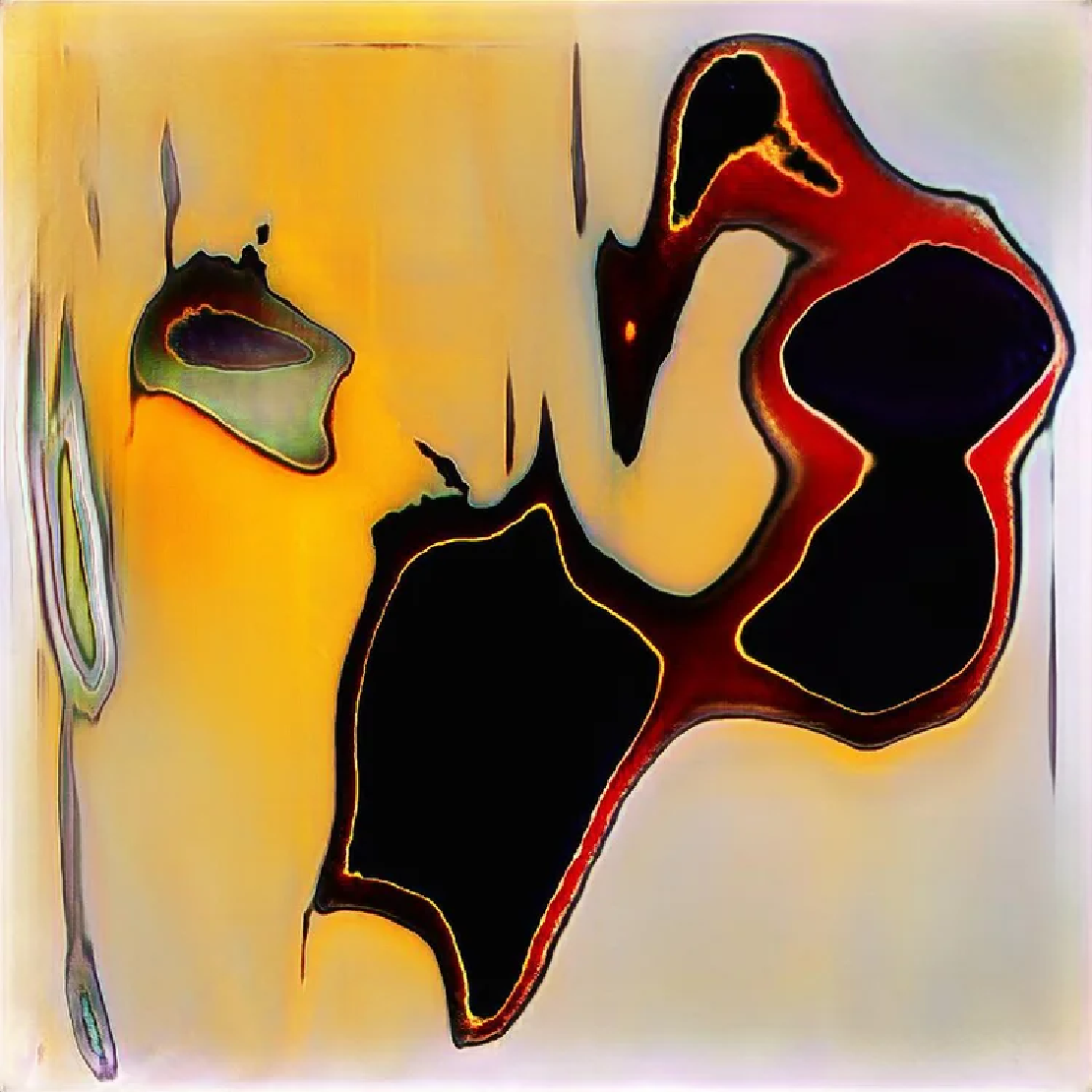
Fractals Meet Picasso Cubism #1
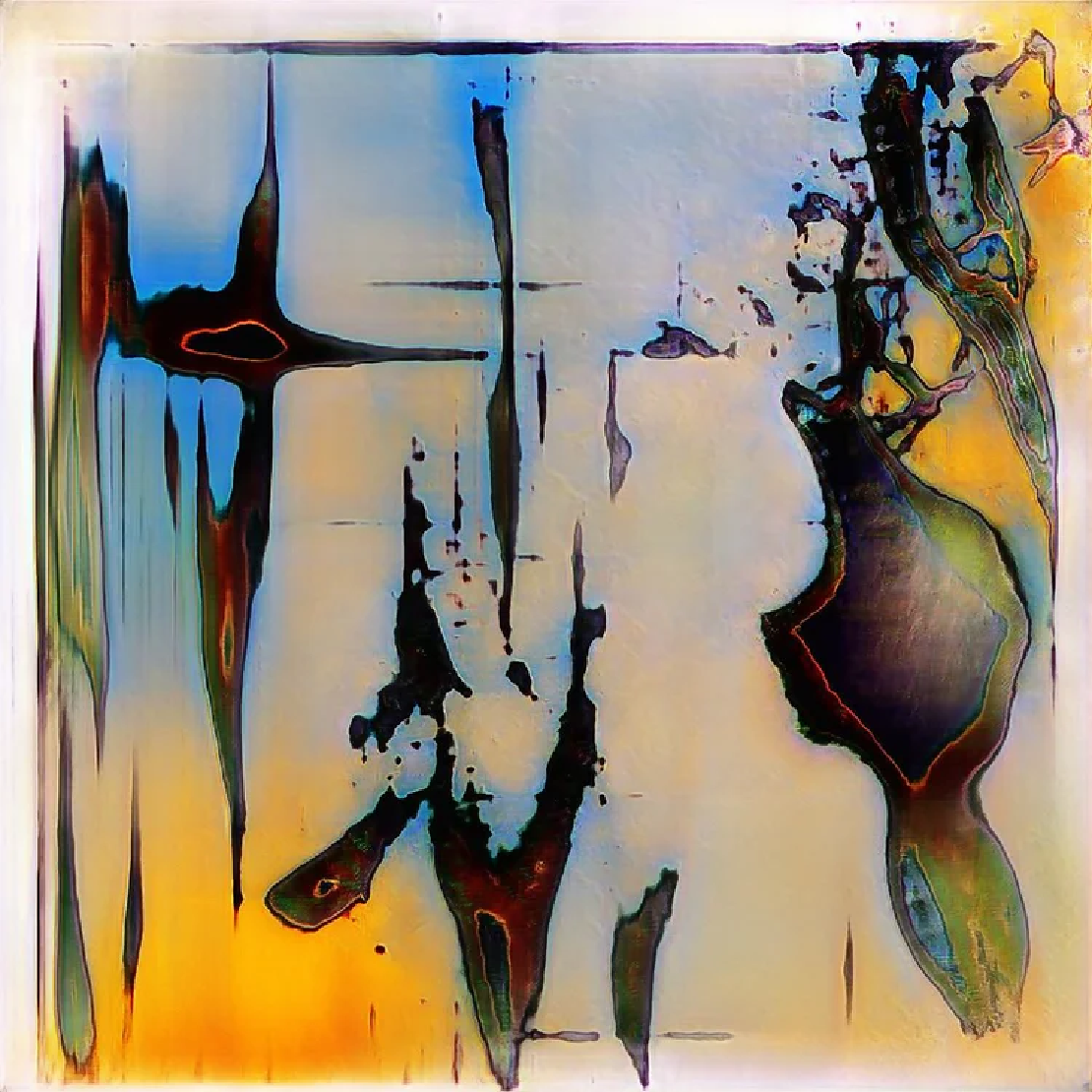
Fractals Meet Picasso Cubism #2
“Fractals Meet Picasso Cubism #1” and Fractals Meet Picasso Cubism #2 are both examples of works in progress using the Freeform technique in Playform. These images were achieved using Inputs of my own fractal-based artwork (67 examples) and samples of Picasso’s own Cubist works (66 examples). These are samples of ongoing experimentation that I am planning to continue and expand upon merging my fractal-based artwork with various other artists (to be continued).”
M: As a digital artist, what do you think the future of art looks like?
MP: I suppose it all depends on how far ahead you want to look. In the near-term, I find the possibility of incorporating data into artwork a rather intriguing idea. I think the use of augmented reality is a first step along the way down that road. However, I’d love to be able to make works of art that allow collectors to access information through an app that I provide them which enhances their experience beyond just the visual art itself. It seems that the continued advancement and availability of VR headsets might provide a good method for accessing such data associated with artwork. Of course, there’s a huge push to take digital art into virtual spaces, either through NFT’s or virtual gallery spaces. I think that will continue in our post-pandemic world.
Looking further into the future, I love to speculate about things like “smart paint:” pigment-infused nanobots that respond on canvas in pre-programmed ways. Imagine a future Jackson Pollock dripping paint down onto a large canvas and instead of the paint responding to purely physical properties; it instead begins moving around on the surface based on simple instructions, like flocking algorithms or fractal mathematics. The intersection of the digital and physical worlds seems like a recipe for the unexpected – perfect for artists.